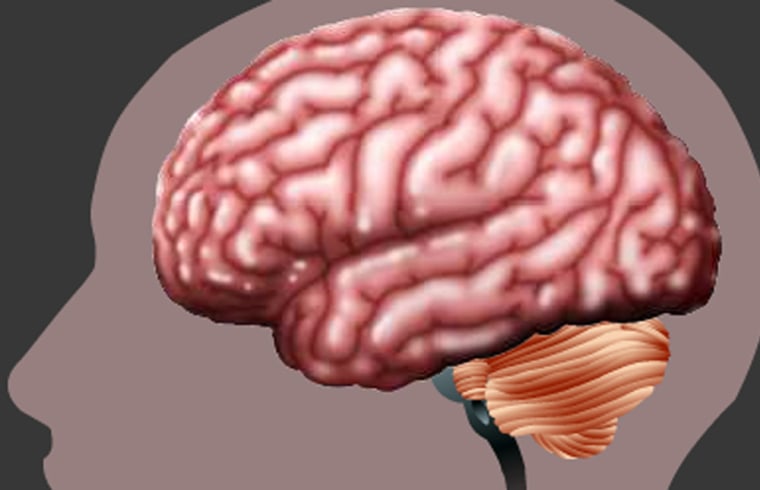How does the brain work? What's the connection between genes and neurons? How do you translate the electrical bits of brain activity into complex thoughts and emotion? How does consciousness arise? These are some of the big questions being touched upon today in Seattle at the Allen Institute for Brain Science's symposium on "Open Questions in Neuroscience." The institute was founded in 2001 by software billionaire Paul Allen to help generate the data required to fuel discoveries about the brain. Since then, more than 100 staff researchers have generated more than 1 quadrillion bytes of brain image data (OK, a petabyte). The images show sections of mouse brains (adult and developing) as well as primate brains and yes, human cadaver brains. "They have to be fresh," Allan Jones, the institute's chief executive officer, told the symposium during its opening session. "There's a lot of timing issues for the normal human brain." Atlases of the brainAll that brain imagery has fed into a series of brain atlases, documenting how genetic data match up with functional areas of the brain. Thousands of researchers can use that publicly available database for their own work in neuroscience — and some of the leading researchers in the field are in Seattle this week for the symposium. I'll be filing quick updates from the symposium today, along with the occasional Twitter tweet, from my seat in an auditorium at the Experience Music Project and Science Fiction Museum — another institution that Allen established in Seattle. David Anderson, a neurobiologist at the California Institute of Technology, said that the setting was apt, considering how much was known about the correlations between basic brain chemistry and complex mental phenomena such, as the way we respond to music. "Our level of understanding of this process is such that any attempt to explain to explain it in mechanistic terms is really an exercise in science fiction," he joked. The circuitry of fearNevertheless, Anderson and his colleagues are building up stores of science facts, in part by drawing upon the brain atlas database. For example, Anderson explained how his lab is unraveling the chemistry and biology behind fear, and its suppression. Scientists have known for a long time that an area deep within the brain, known as the amygdala, is somehow central in the fear response. But it's been difficult to tease out exactly how the amygdala's chemical circuitry works. "The results have become fuzzier rather than clearer," Anderson said. The Allen Institute's mouse brain atlas helped identify the different cells that composed the central area of the amygdala. Armed with such data, Anderson's team was able to trace the "microcircuits" that suppressed the expression of conditioned fear. Cells known as PKC-delta neurons play a key role, by sending out chemical signals to other cells and blocking the response. Figuring out how those cells interact with other types of neurons in the amygdala could eventually lead to the development of more targeted anti-anxiety drugs, Anderson said. Neuroscientists don't have the full story yet, but what they've learned so far is giving them confidence that the circuitry of fear will someday be untangled. Stay tuned for more from the "Open Questions in Neuroscience" symposium as the day goes on. Join the Cosmic Log corps by signing up as my Facebook friend or hooking up on Twitter. And if you really want to be friendly, ask me about "The Case for Pluto."
Big questions about the brain
